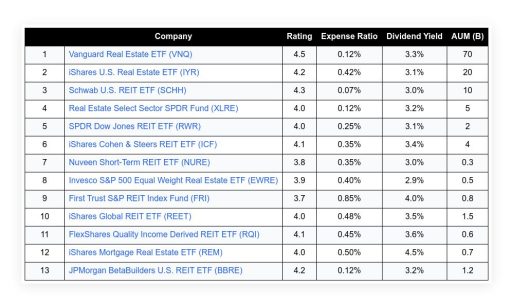Stagflation, a term that’s been buzzing around the financial world, is a complex economic phenomenon with significant implications for investors and the broader economy. It’s a bit like having a skunk in your backyard – an unpleasant situation that’s hard to manage. But what exactly is stagflation? It’s an economic condition characterized by slow economic growth and simultaneously increasing inflation. It’s a rare and challenging scenario for policymakers as it combines the stagnation of economic output with the rising cost of goods and services.
View this post on Instagram
A post shared by Taylor Sohns – CFP®, CIMA®, MBA – Finance (@lifegoalinvestments)
Table of Contents
ToggleCurrent economic landscape
The recent economic report has thrust the issue of stagflation into the spotlight. The Gross Domestic Product (GDP), a key indicator of economic health, was expected to come in at 2.4% for the first quarter. However, it fell short of expectations, coming in much lower at 1.6%. This figure is almost 2% lower than the fourth quarter of the previous year, indicating a significant slowdown in economic growth.
At the same time, inflation has been on the rise. Personal consumption expenditures, a measure of inflation, were up 3.7% compared to 2% in the fourth quarter of the previous year. This increase in inflation, coupled with slowing economic growth, is a clear indication of stagflation.
Stagflation’s impact on the market
Stagflation can have a profound impact on the market. Higher prices can decrease consumer spending, which in turn can lead to lower corporate profits and a potential stock market downturn. Moreover, the uncertainty associated with stagflation can lead to increased market volatility.
Strategies for hedging against stagflation
Given the potential risks associated with stagflation, investors must build hedges into their portfolios. This year, there have been a lot of discussions about various investment options that can serve as effective hedges against inflation and stagflation.
Gold is a traditional hedge against inflation. As the cost of goods and services increases, the value of gold often rises, providing a safe haven for investors. Oil is another commodity that can serve as a hedge against inflation. As inflation rises, oil prices typically increase, providing a potential profit for investors.
Treasury Inflation-Protected Securities (TIPS) are another option for investors looking to protect themselves against inflation. These securities are designed to increase in value with inflation, providing a real rate of return regardless of the inflation rate.
Municipal bonds (munis) can also serve as a hedge against inflation. Local governments issue these bonds, which are often exempt from federal taxes, providing investors with a steady stream of income.
Real estate, farmland, and timberland are other investment options that can hedge against inflation. These assets tend to increase in value over time, providing potential profits for investors.
Conclusion
Stagflation, while a challenging economic scenario, can be managed with the right investment strategies. By understanding the nature of stagflation and its potential impact on the market, investors can make informed decisions and build a portfolio that is resilient to economic fluctuations. Whether it’s investing in gold, oil, TIPS, munis, or real estate, there are numerous ways to hedge against stagflation. As always, seeking professional advice when making significant investment decisions is essential. So, don’t let the skunk in the backyard scare you – with the right strategies, you can manage the situation effectively.
Frequently Asked Questions
Q. What is stagflation?
Stagflation is an economic condition characterized by slow economic growth and simultaneously increasing inflation. It’s a rare and challenging scenario for policymakers as it combines the stagnation of economic output with the rising cost of goods and services.
Q. What is the current economic landscape?
The recent economic report has shown signs of stagflation. The GDP was expected to come in at 2.4% for the first quarter but fell short, coming in much lower at 1.6%. At the same time, inflation has been on the rise, with the personal consumption expenditure up 3.7% compared to 2% in the fourth quarter of the previous year.
Q. How does stagflation impact the market?
Stagflation can lead to a decrease in consumer spending due to higher prices, which in turn can lead to lower corporate profits and a potential stock market downturn. The uncertainty associated with stagflation can also lead to increased market volatility.
Q. What are some strategies for hedging against stagflation?
Investors can build hedges into their portfolio to protect against stagflation. Some options include investing in gold, oil, Treasury Inflation-Protected Securities (TIPS), municipal bonds (munis), and real estate. These assets tend to increase in value over time, providing a potential profit for investors.
Q. How can investors manage the challenges of stagflation?
By understanding the nature of stagflation and its potential impact on the market, investors can make informed decisions and build a portfolio that is resilient to economic fluctuations. It’s important to seek professional advice when making significant investment decisions.

















